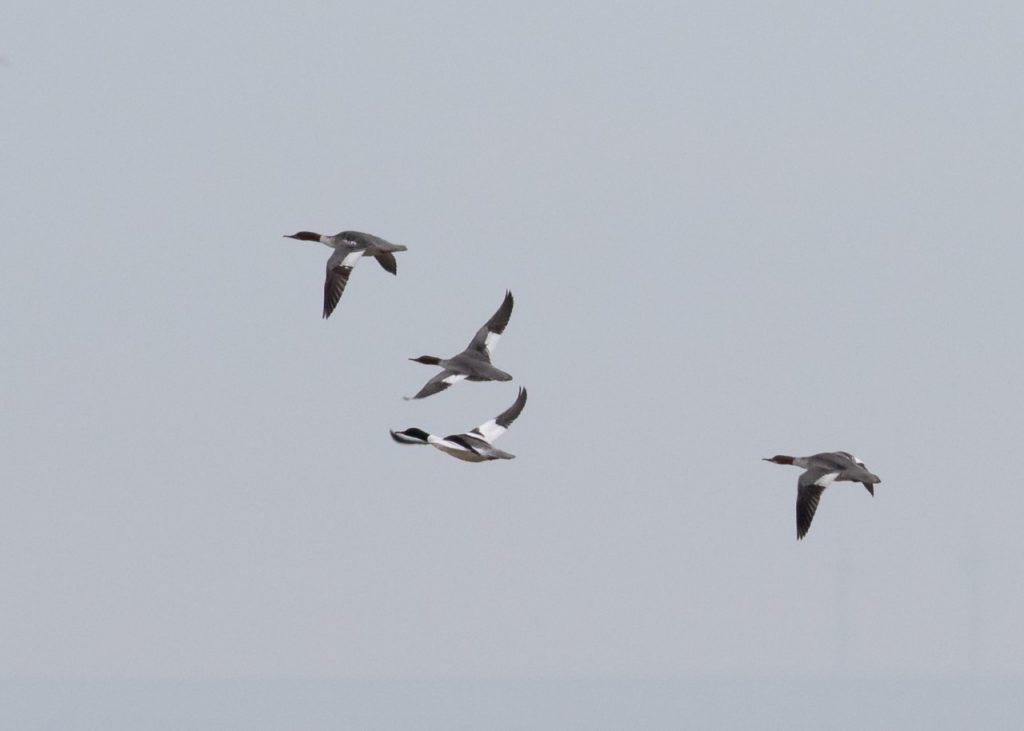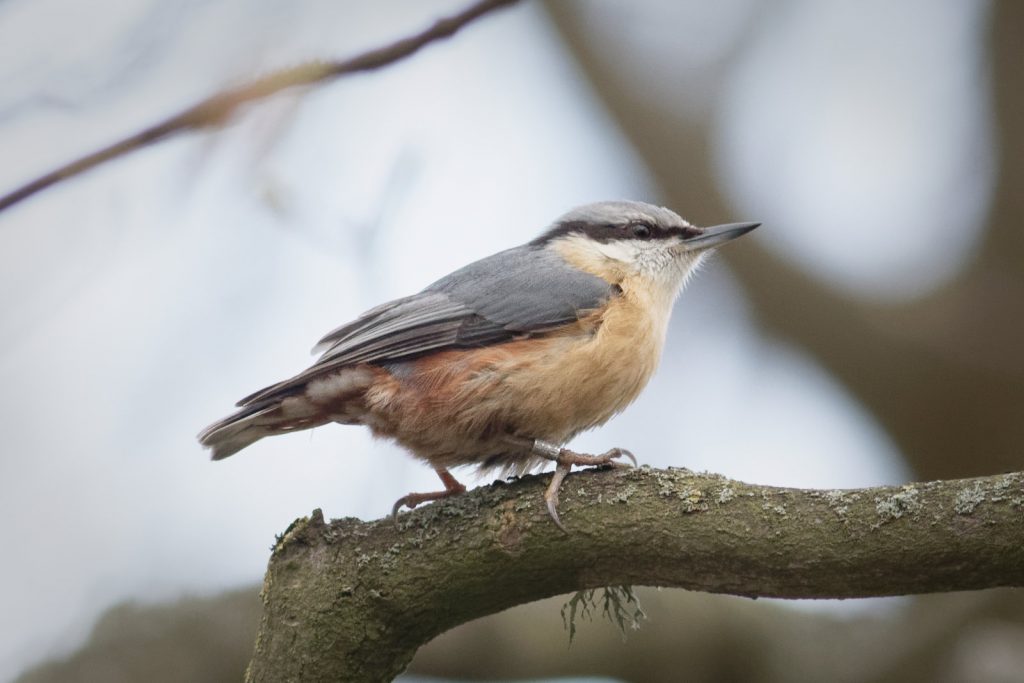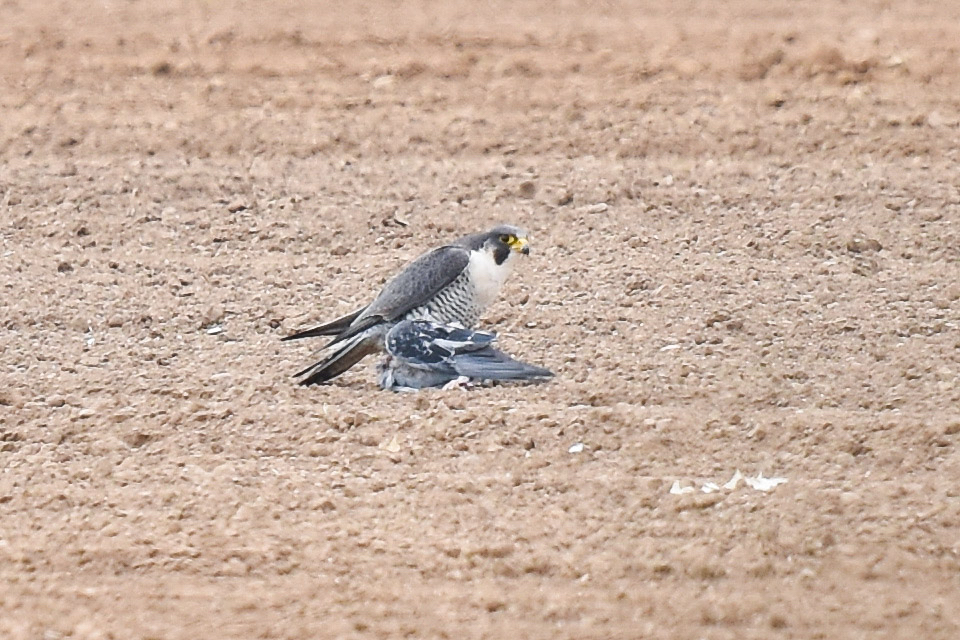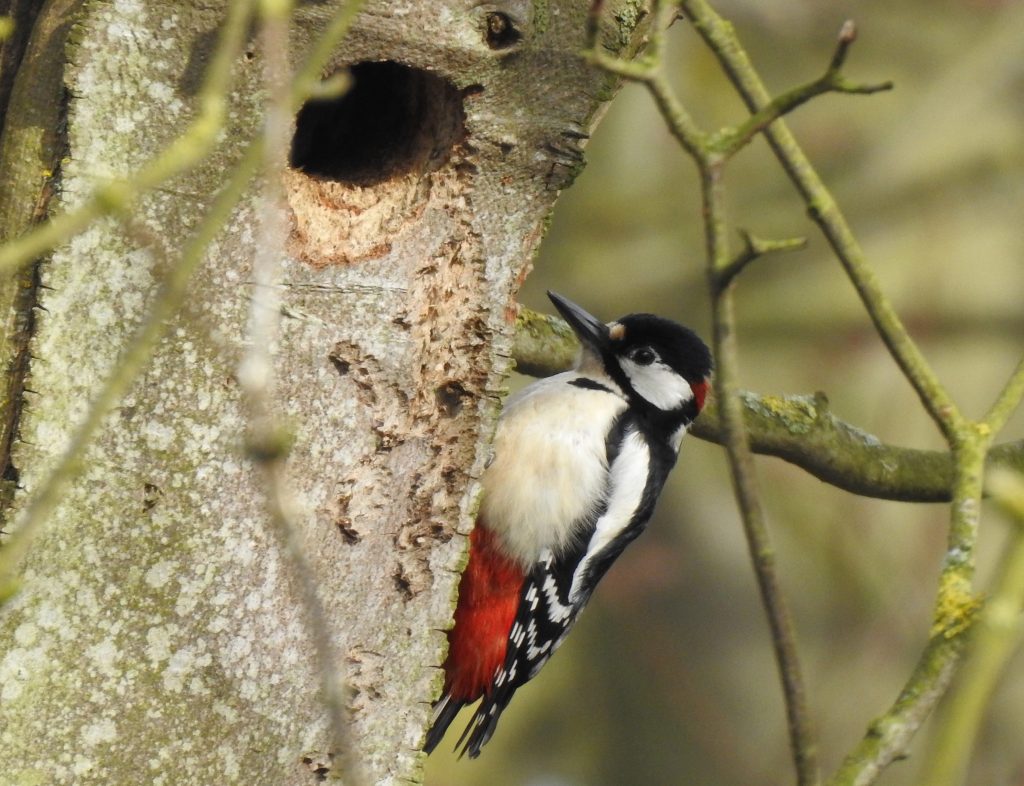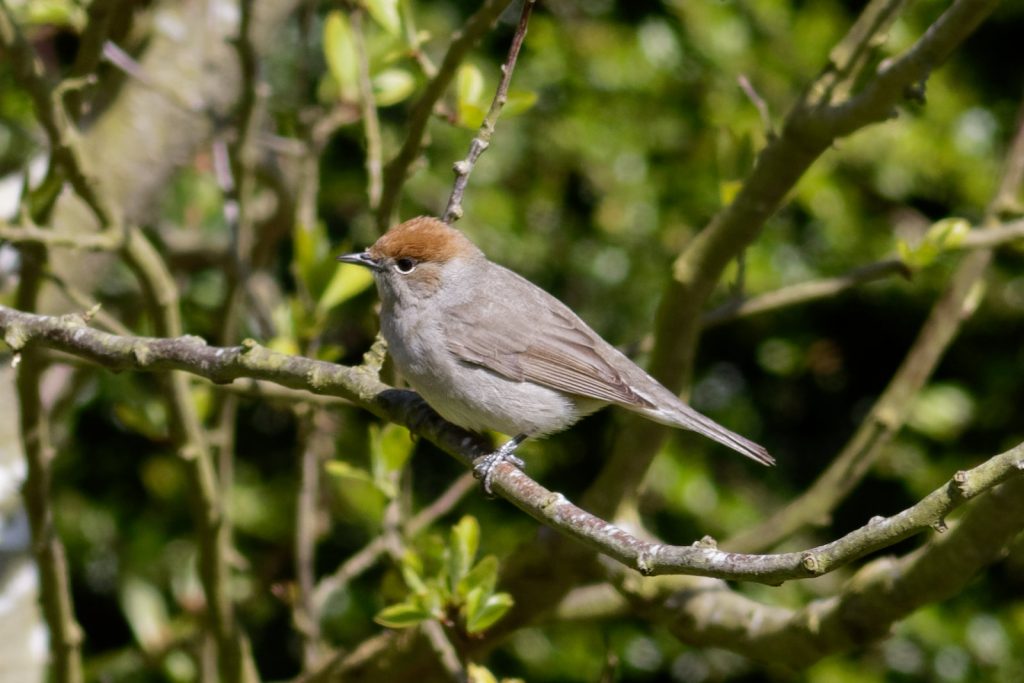The following only summarises the records from our resident birders’ health walks and garden sightings; consequently, it provides a mere snapshot of the true scale of spring migration.
An overcast day, with a light west-north-west wind and temperatures that reached eight degrees C. The morning’s seawatch was quiet, with two Eider and a Lesser Black-backed Gull flying north. Auks were back in force after the clear out earlier in the week due to the northerly gales; 172 Puffins were recorded off the North Cliffs.
Four Goosander flew ‘north’ past South Landing, with a Red-breasted Merganser on the sea off Hartendale. Notable sightings on the headland itself included two Water Rails together, two Snipe, a Hooded Crow, three Goldcrests, five Chiffchaff, a Blackcap, a Black Redstart and five White Wagtails.
Two Grey Partridges and two Snipe were noted at Buckton, whilst a Sand Martin flew east at Sewerby.
